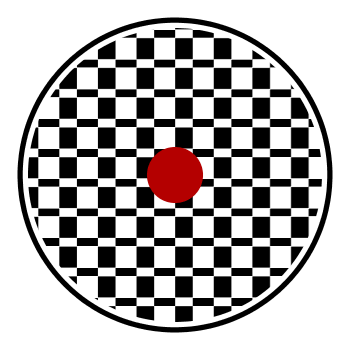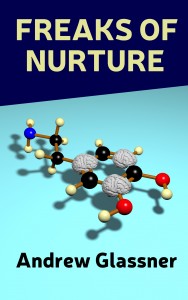 Hooray! My second novel, Freaks of Nurture, is now available on Amazon! Head on over and read the first few chapters for free!
Hooray! My second novel, Freaks of Nurture, is now available on Amazon! Head on over and read the first few chapters for free!
Freaks of Nurture is a fast, funny story with an engaging cast of characters who do their best in weird but comic circumstances.
Dr. Susan Seligman has grown her little walk-in psychotherapy clinic in Seattle into a prospering business. But just as her most important funding sponsor is carrying out a site visit, many of her clients report that someone is reading their minds. When some of her own staff wrap the clinic rooms in tinfoil, things unravel quickly.
Meanwhile, in the building behind the clinic, three brilliant but oddball college students are working in secret to find the source of consciousness. They’ve concocted a mad scientist’s wet dream of a machine to enable them to look into another person’s head. Of course, they don’t know that every test of their gadget is beaming right into the clinic next door, affecting everyone there and causing havoc.
Freaks of Nurture tells the funny story of these two groups of people, both earnest but weird, independently struggling with the mysteries of romance, consciousness, power, and accidental pharmacology.



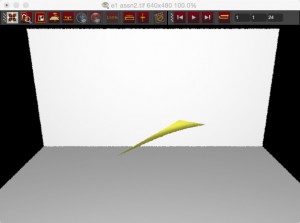 Pixar provides a wonderful program for viewing and manipulating images. The name of the program is a contraction of “image tool.” It’s named it. Seriously. The pronoun.
Pixar provides a wonderful program for viewing and manipulating images. The name of the program is a contraction of “image tool.” It’s named it. Seriously. The pronoun.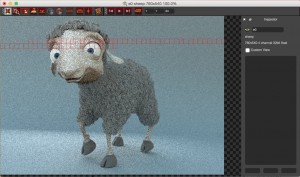 Pixar has made their
Pixar has made their  If Star Trek was written by the guy who wrote the book I’m reading now:
If Star Trek was written by the guy who wrote the book I’m reading now: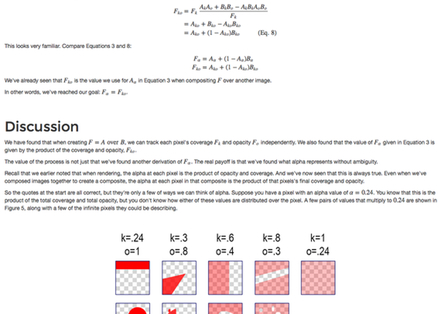
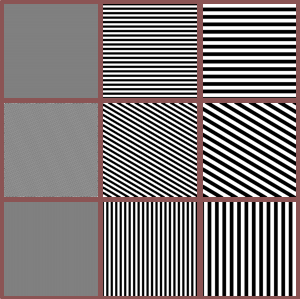 Animated gifs can be big. A 300-frame animation at 500-by-500 pixels can easily run 25 megabytes (MB) or more.
Animated gifs can be big. A 300-frame animation at 500-by-500 pixels can easily run 25 megabytes (MB) or more.